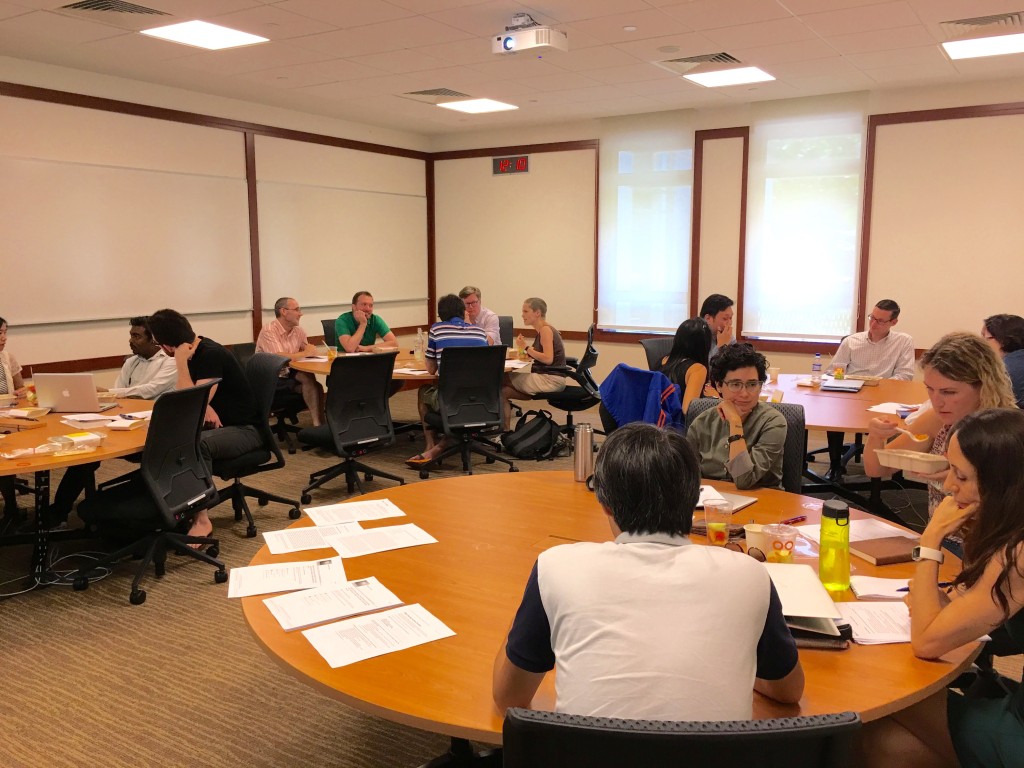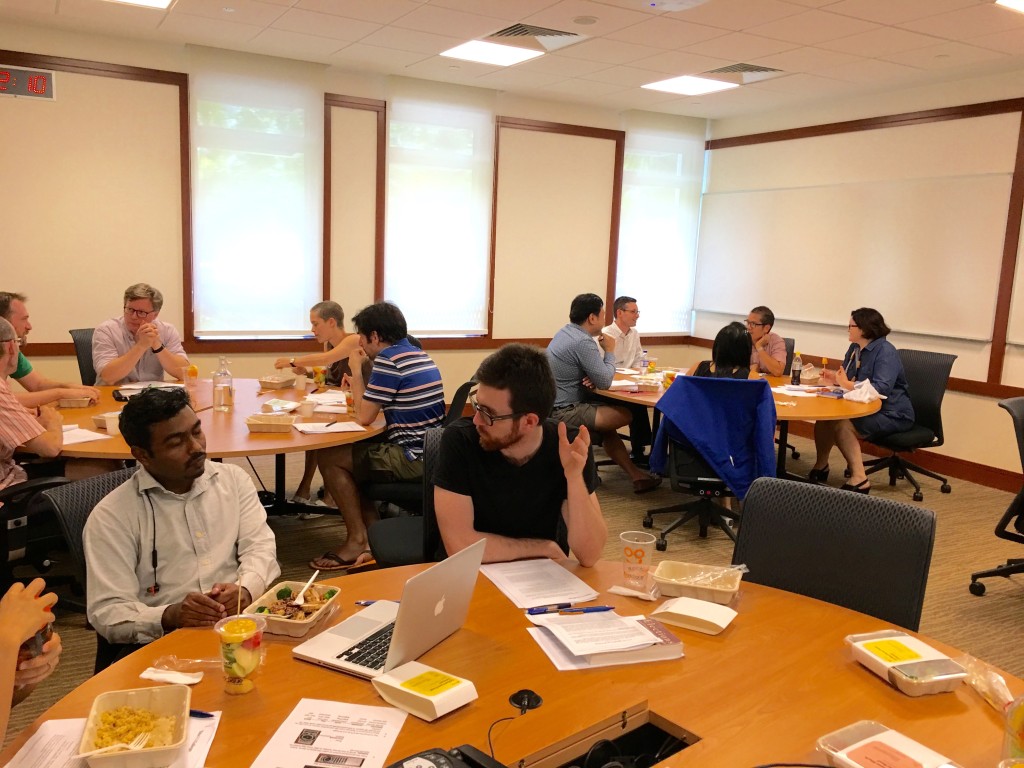As part of my work as Director of the Yale-NUS Teaching and Learning Center, I ran several workshops for faculty on creating teaching portfolios. The faculty of Yale-NUS College work hard on developing innovative common curriculum courses, conducting world-class scholarship and building an entirely new undergraduate college in Asia offering an innovative liberal arts approach to education. My job is also to help them tell the story of their own teaching practice – which is best documented in the form of a teaching portfolio.
During the prior year, I have been studying teaching portfolios with help from the dazzling array of visitors to Singapore sponsored by the NUS CDTL. This included Dan Bernstein from U. Kansas (https://psych.ku.edu/daniel-j-bernstein), who is the author of the book “Making Teaching Visible – Course Portfolios and the Peer Review of Teaching.” (https://www.amazon.com/Making-Teaching-Learning-Visible-Portfolios/dp/1882982967) Dan gave a great talk on the benefits of a portfolio as a mechanism for disseminating teaching innovations within a community on a campus or even across a wide geographic region. Later on we had a visit by other scholars such as Rick Glofcheski of U Hong Kong who has repeatedly won awards for his teaching as the best instructor of all of Hong Kong. His work is also well documented by teaching portfolios, as is the entire program in Hong Kong for teaching awards. At NUS I was on the UTEC committee that would judge NUS faculty teaching portfolios for teaching awards, and from that experience I gained a lot of insight in the way that such portfolios are structured. A final point of information came from a visit by Thomas Olsson from Lund university who presented on how his university uses teaching portfolios.
In my workshop I tried to bring all of this together and convince the faculty about the power of a teaching portfolio to present evidence of the nature of a professors “teaching practice” – ideally one that documents with concrete evidence of student learning and a thoroughly integrative approach to teaching that includes deep reflection on student learning, basing course design on research-validated teaching approaches, and incorporating assessment into the modifications of the courses over the year. The result is a “reflective and integrative practice” which showcases a professor’s teaching philosophy, along with examples of student learning and other pieces of evidence to provide insights into how the instructor thinks about teaching and improves. I stressed to the faculty that no one style of teaching is best – and that it is a very personal process of discovery, with some thoughtful assessment built in, that can help faculty arrive at an awareness of their teaching philosophy. One tool for starting is the Teaching Perspectives Inventory – which divides one’s teaching approach into components and helps faculty become aware of some of their motivations for teaching. In addition to these sort of diagnostics, frequent mid-course surveys and a careful study of post course feedback is essential for improving one’s teaching and becoming aware of one’s strengths.
The materials from this workshop are below – and I look forward to sharing these portfolios and techniques with other faculty as I am convinced that such portfolios are rewarding and valuable to create, and can help faculty develop more effective teaching practices and improve the learning of their students.
Resources for Teaching Portfolios:
Slides from my Yale-NUS CTL Workshop:



